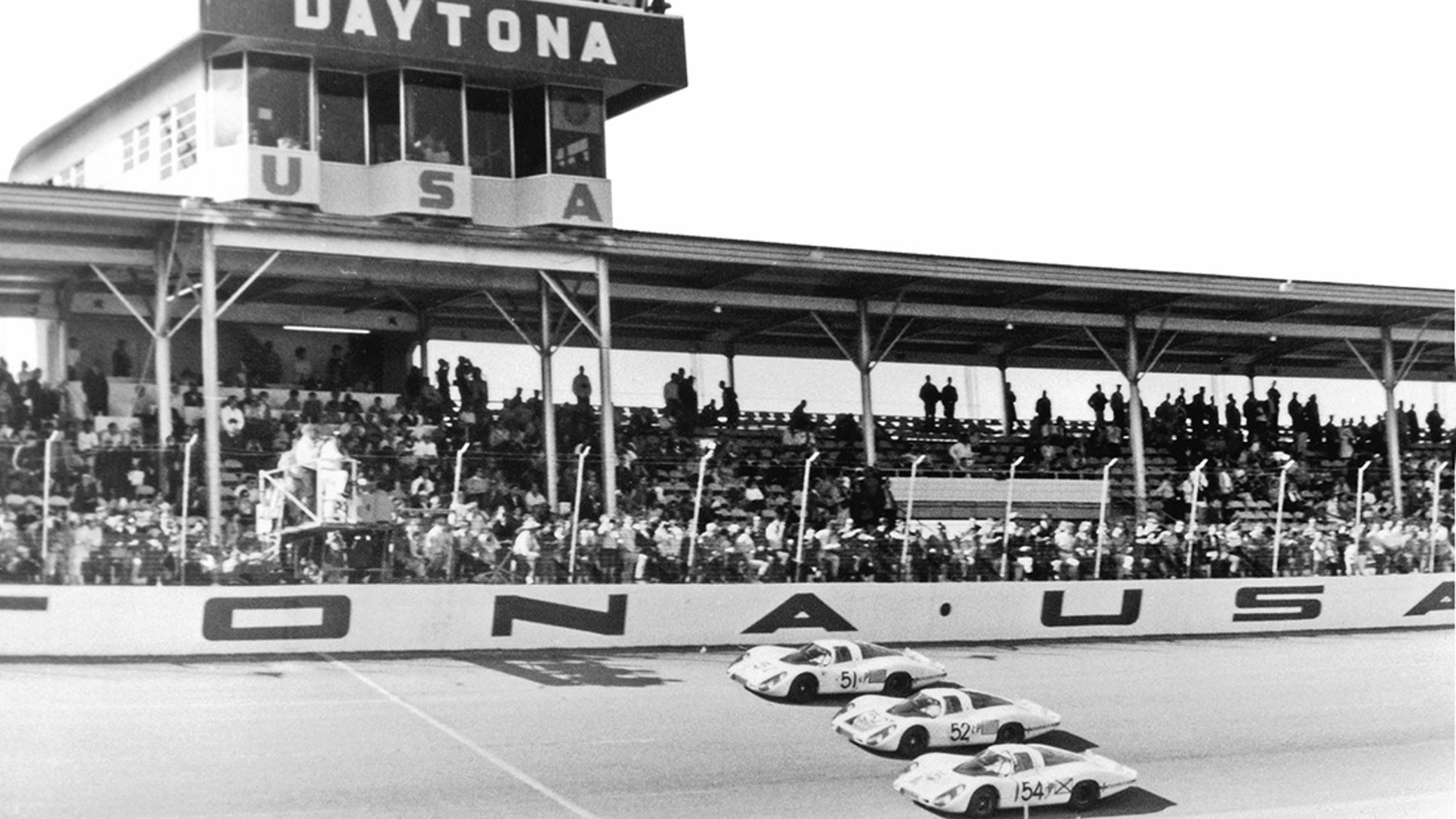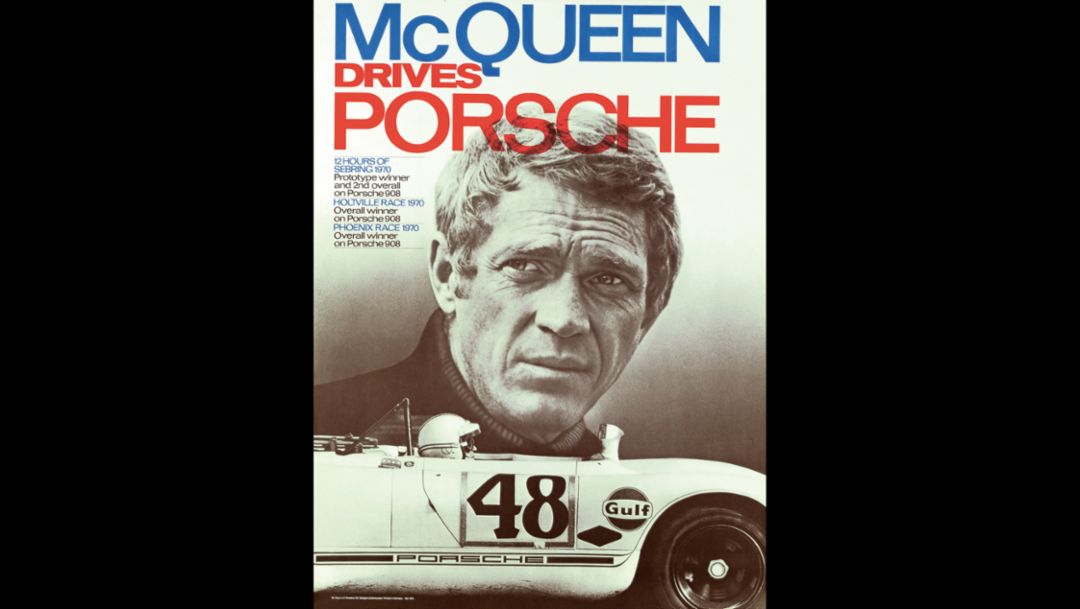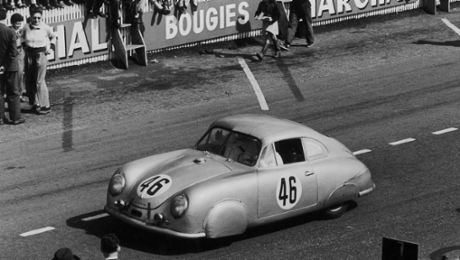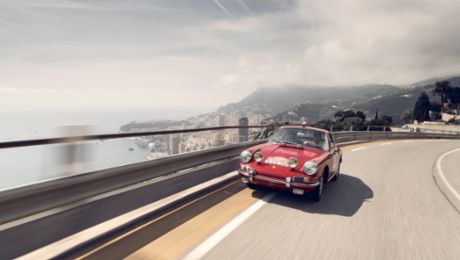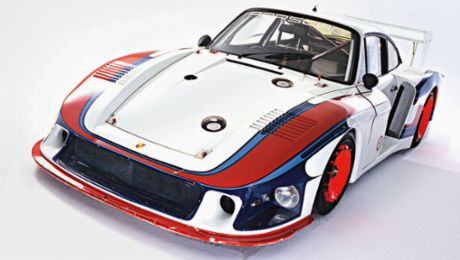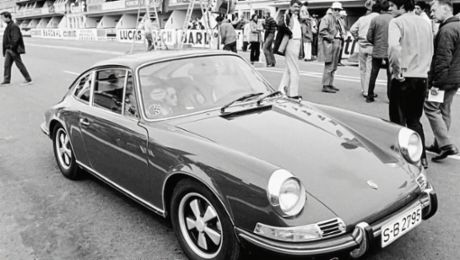Just after World War II, a keen interest arose in racing cars in the USA. This went hand in hand with the gradual rise in the number of amateur races in which the entrants were mainly European makes. For Porsche, which was still a young carmaker at that time, a commitment in the US racing scene was very attractive. Due to the technical competence and practical experience in the scene, it was possible to introduce and test new cars at the place where they would later be raced. The success of a car in a race also had the potential to replace a complete advertising campaign.
Steve McQueen helped Porsche to become considerably popular
Like James Dean in the 1950s, the US film star Steve McQueen helped Porsche to become considerably popular ten years later. Not only in the USA but also worldwide. McQueen was a full-blooded racing driver through and through. Together with his team colleague Peter Revson, he came second in the overall classification in the 12-hour race in Sebring for Porsche in a 908 in 1970.
In the same year, he proved his skills many times over and shared his experiences as a racing driver during production of the film classic "Le Mans". While shooting, McQueen himself sat in the driver's seat of a 917 during many of the dramatic race scenes.
Porsche ranks number one
In the meantime, racing cars from Zuffenhausen and Weissach have achieved over 30,000 victories worldwide. No other manufacturer has been anywhere as successful – especially in the USA: With 22 overall victories in the 24 hours of Daytona and 18 wins in the 12 hours of Sebring, Porsche ranks number one on the North American continent.
